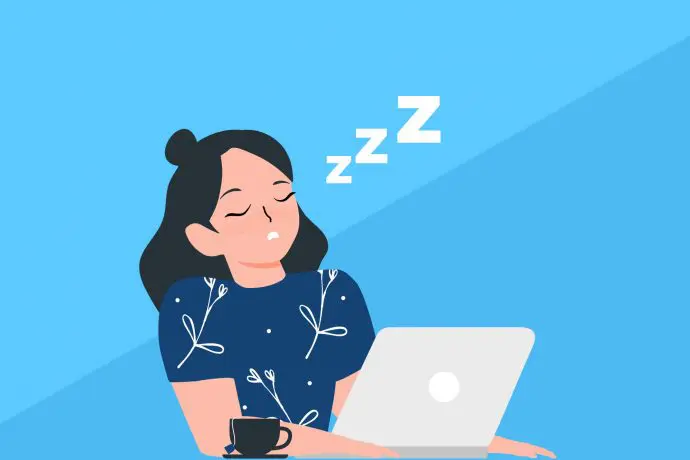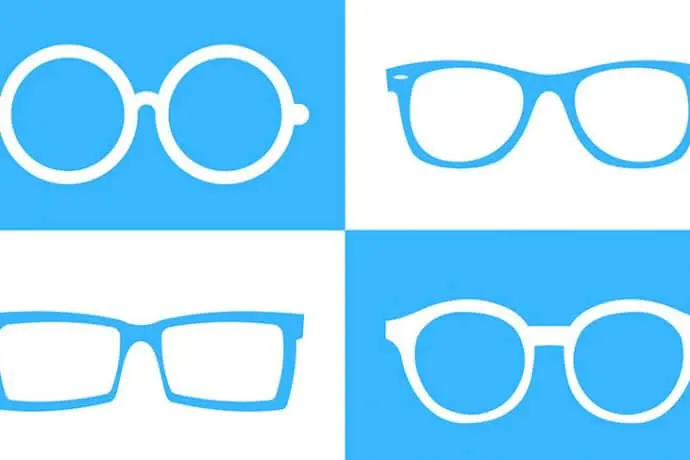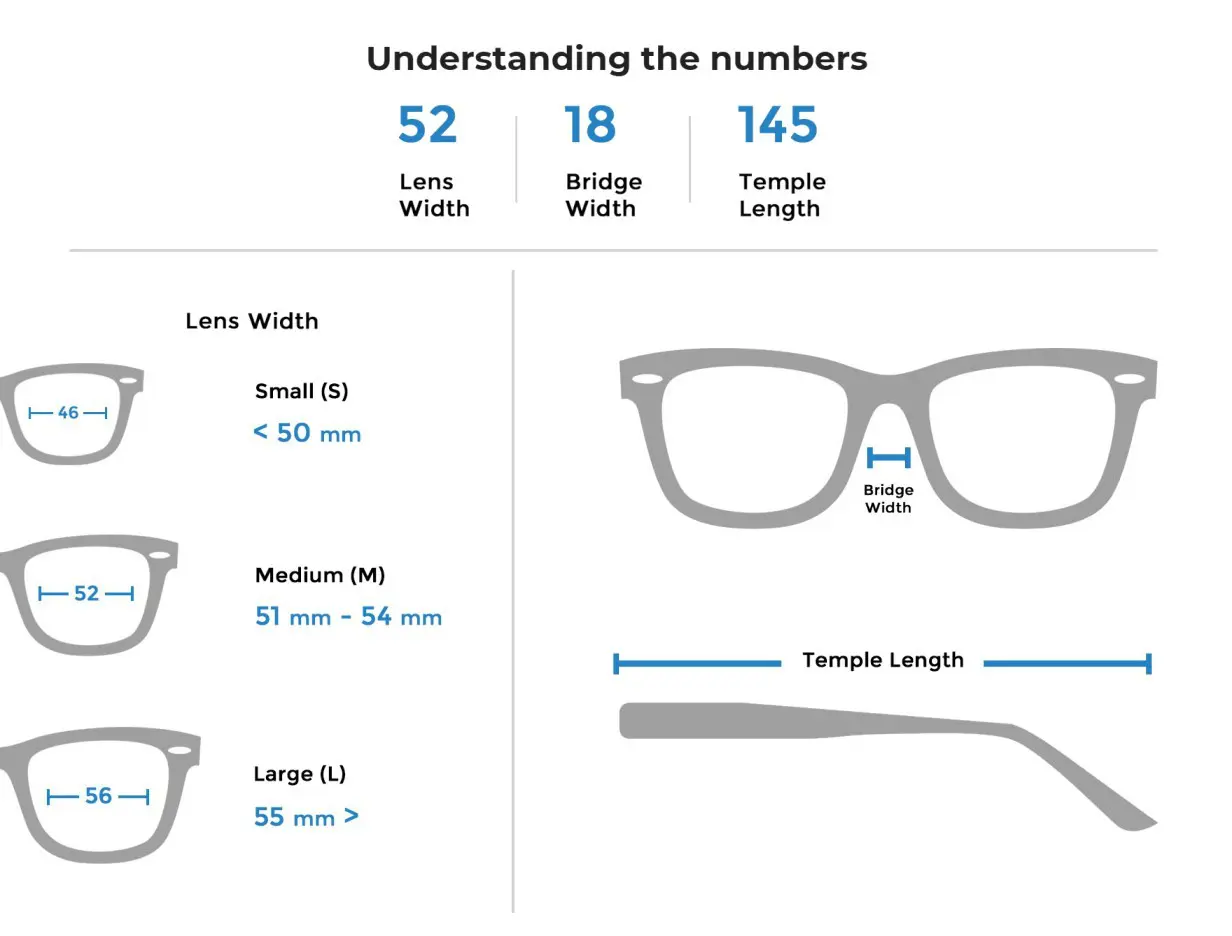3 In-depth Facts About Digital Eye Strain
There are a variety of electronic devices we use every day.
We use computers to work, mobile phones to scroll through informative or fun content, TV to watch the news or to entertain ourselves…
All of these devices emit blue light – a visible ray of light with a wavelength in the scope of 380 – 500 nanometers.
When it all adds up, we overexpose our eyes to blue light almost every day.
The temporary discomfort that follows two or more hours of digital device use is called digital eye strain.
But, that’s not the only discomfort digital eye strain consists of.
Digital eye strain is a whole cluster of eye and vision-related difficulties.
1. Digital eye strain has multiple symptoms.
The first signs of digital eye strain are dry eyes, blurry vision at the end of the day, shoulder ache, or headache.
When the first headaches come, that’s when people usually start noticing there’s something wrong with their eyes or with their quality of sleep.
Symptoms of digital eye strain are:
- Sore, “sleepy,” itchy eyes
- Dry eyes
- Blurred or double vision
- Headaches
- Stiff neck, back, or shoulders
- Increased sensitivity to light
- Difficulty focusing
- Eye fatigue (feeling that you can’t keep your eyes open)
About 59% of Americans report experiencing symptoms of digital eye strain.
- 32.4% report experiencing eye strain
- 27.2% report noticing dry eyes
- 27.7% report having headaches
- 27.9% report troubles related to blurred vision
- 35% report feeling neck and shoulder pain
2. The symptoms of digital eye strain lead to additional difficulties.
Overexposing our eyes to digital devices causes symptoms of digital eye strain, but that could also lead to several other issues.
Additional common causes of eyestrain include:
- having issues with focusing on a single task, such as driving or reading.
- experiencing vision trouble when being in an inadequately lit environment, either too dim or too bright
- feeling stressed, exhausted or worn
- experiencing poor vision or having eye problems like overly dry eyes
Some causes specific to digital eye strain are:
- maintaining lousy posture when using a digital device
- failing to blink as often as usual – staring at a screen makes us blink less often which leads to drying out our eyes
- holding a digital device too far or too close to your eyes
- being exposed to extended amounts of blue light – the light emitted from digital devices
- viewing a screen that doesn’t have appropriately adjusted lighting
3. You can prevent and treat digital eye strain.
Even though the most straightforward solution could be cutting down screen time, for many of you who depend on using computers to work, that’s simply not an option.
The good news is, there are other manageable steps you can take to make your screen time less hurtful to your eyes and more beneficial to your mind.
The 20-20-20 rule.
The American Optometric Association recommends the 20-20-20 rule.
Every 20 minutes, take a 20-second break to focus on something 20 feet away.
That practice gives your eyes a short break from staring at something close to your face and refining them.
It would also help if you gave your eyes a break from screens for 15 minutes after every two hours of work.
Blink more.
Your blink rate decreases when doing intensive digital work, so a conscious effort to blink is necessary to keep your corneas coated.
A deliberate effort to blink every 10 to 15 seconds can minimize your chances of developing dry eyes and keep your vision working like a charm while you work.
Use eye drops
As we said, decreased blinking dries out your eyes. Dry eyes get more irritated.
Resolve this issue with the use of eye drops like artificial tears.
You can also try to blink more often when using a screen, which can prevent the symptom from occurring.
Wear proper blue light glasses.
Work with your ophthalmologist to determine if you need special eyewear to reduce eyestrain.
You may need to use specialized blue light lenses, devices, or eye therapy for activities that cause digital eye strain.
Test how your eyes focus and move together.
Measure how well your peripheral vision works and how well your eyes focus on unison objects.
The results will show to your optometrist if you have any problems that may worsen your digital eye strain condition.
Finally, you could try to cut down on screen time that isn’t related to work.
Using digital devices before bed can cause severe sleep issues, and sleep issues will only lead to the deepening of the problem.
Fall asleep more naturally by avoiding screens at least two hours before going to sleep or switching your phone to night mode.
Discover bluwinx blue light blocking glasses that offer up to 80% HEV filtration, 100% UV protection, are scratch-resistant and can be worn at both daytime and nighttime.
Visit our bluwinx shop and choose amongst men’s, women’s, and unisex models.















